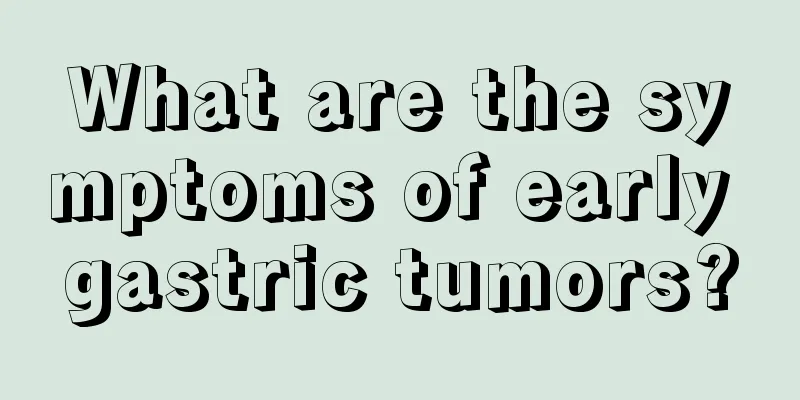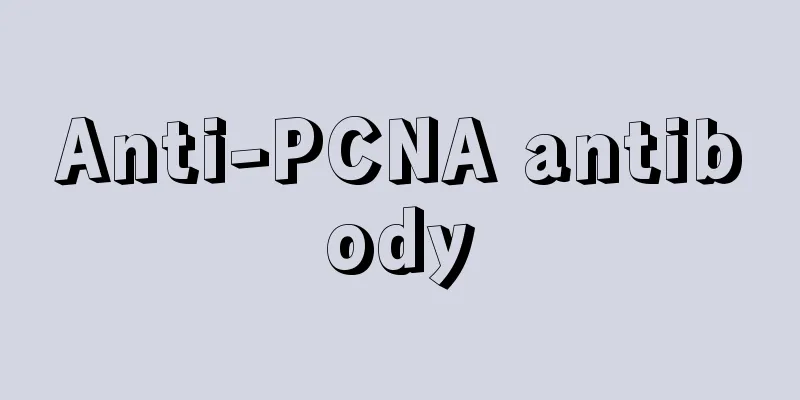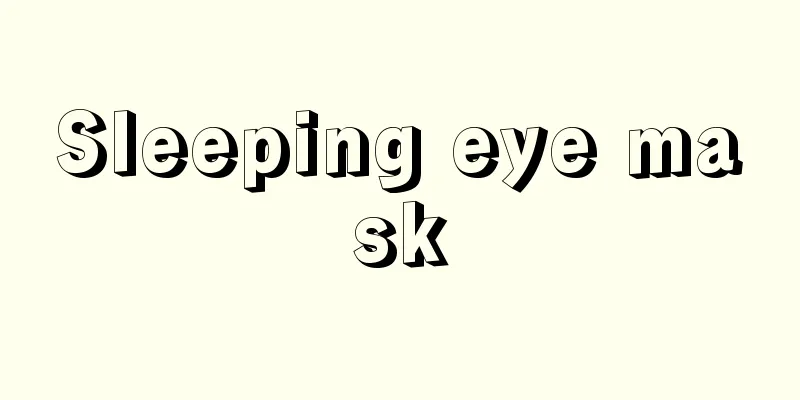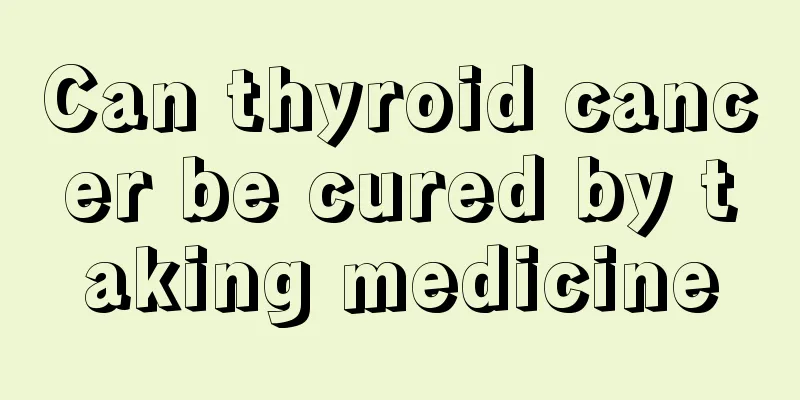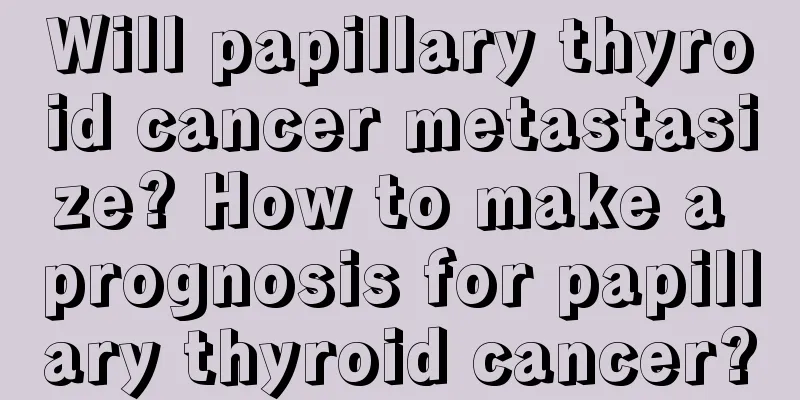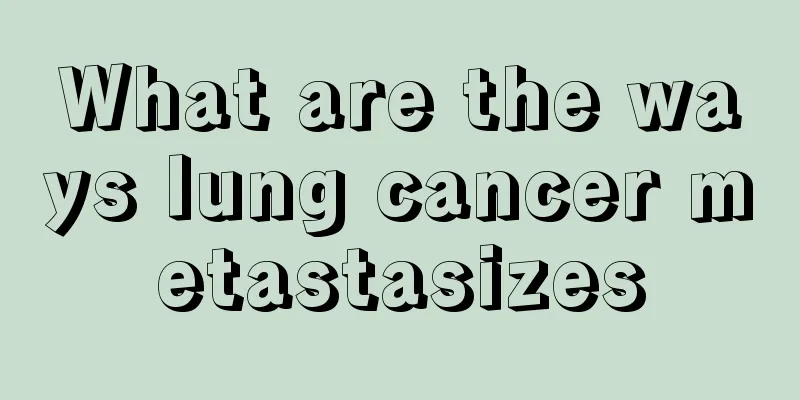The little toe of my foot hurts when I walk
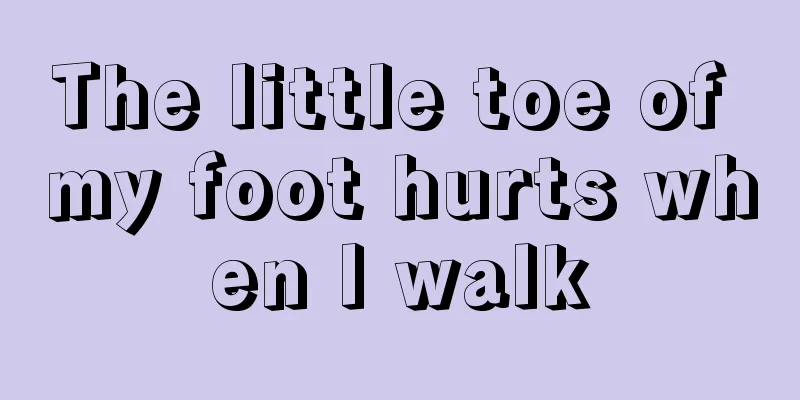
|
When we walk, we often find that the little toe of the foot feels a little painful. This condition is most likely caused by local tendon strain. Tendon strain means that our muscles are overused without getting enough rest. If this continues for a long time, strain will occur, accompanied by certain pain and discomfort. Generally, tendon strain caused by long-term exercise can be relieved by massage and rest. Excessive muscle fatigue or improper treatment in the acute phase, poor posture and deformity leading to muscle imbalance is called chronic muscle strain. Common muscle and tendon injuries include cervical muscle sprain, acute lumbar muscle sprain, chronic lumbar muscle strain, supraspinatus tendon rupture, biceps tendon rupture, quadriceps tendon rupture and Achilles tendon rupture. Common symptoms include local pain, swelling, tenderness, and decreased or loss of function. Treatment depends on the severity of the injury. General injuries should be treated with rest, physical therapy, analgesics, muscle relaxants, and functional exercises. Partial ruptures are mainly treated with non-surgical methods, which involves fixing the injured limb in a muscle relaxation position for 3 weeks. Complete rupture should be sutured and fixed for 4 to 6 weeks , followed by physical therapy and active and passive exercises to restore muscle strength and joint function. Common locomotor system injuries. Complete or partial rupture of a muscle or muscle belly transition caused by direct violence is called muscle rupture. Sudden and violent muscle contraction caused by external force can cause complete or partial tearing of the tendon's origin and insertion points, which is called tendon rupture. If the tendon is subjected to repeated minor trauma for a long time, or the tendon itself is chronically worn, the tendon fibers will degenerate and become thinner. A minor sprain in the future may cause the tendon to rupture. This is called spontaneous tendon rupture. Chronic muscle strain is muscle imbalance caused by excessive muscle fatigue, improper treatment of acute muscle sprain, or poor posture and deformity. The general symptoms of muscle and tendon injuries are local pain, swelling, tenderness, and occasional subcutaneous bleeding. If a muscle or tendon is ruptured, the function of that area will be weakened or lost. The treatment of muscle and tendon injuries should be determined based on the severity of the injury and the function of the muscle and tendon to the limb. If it is a simple sprain, you should generally rest in bed, receive massage and physical therapy, take analgesics and muscle relaxants and blood circulation drugs orally when necessary, and do functional exercises, etc., and you will gradually recover. In principle, non-surgical treatment is the main approach for partial muscle or tendon rupture. The affected limb is fixed in a relaxed position of the injured muscle using plaster or splints, and analgesics and swelling-reducing drugs are taken. Physical therapy and exercise are then performed after 3 weeks. If the muscle or tendon is completely ruptured, early surgical repair and suture are required, and plaster fixation is used for 4 to 6 weeks, followed by massage, physical therapy, and active and passive exercises of joint function. Neck muscle sprains are mostly caused by sudden contraction or twisting of the neck muscles or poor posture during sleeping, which causes some neck muscles to be overly tense and leads to damage to some muscle fibers. Among them, sprain of the levator scapulae is the most common. The function of this muscle is to lift the scapula. When the scapula is fixed, the head can be tilted back or to the opposite side. Poor sleeping posture can cause sprain of this muscle, commonly known as stiff neck. It manifests as swelling and pain in the neck muscles on the affected side, with obvious tenderness mainly above the inner side of the scapula. In severe cases, it can cause cervical muscle spasm and a feeling of stiffness, with the head and neck tilting to one side. The pain worsens when the neck is flexed forward and bent and rotated to the healthy side. When other muscles are sprained, tenderness in different parts of the body and limited movement of the muscle may also occur. The disease has an acute onset, a short course, no bone lesions, and no symptoms such as decreased sensation and muscle strength. Generally, massage, physical therapy, and closed treatment on local tender points when necessary can cure the disease in a short time. |
<<: Mild diffuse changes in the thyroid gland
>>: What medicine can kill root nematodes
Recommend
What percentage of the human body is water?
It is said that women are made of water, which sh...
Reasons for red spots on the chest
This season of spring always makes people feel dr...
How long can you live after a glioma relapses? How to treat a glioma relapse?
The appearance of glioma has a great impact on pa...
Can Job's tears cure eczema? Does it work?
Eczema is a particularly common skin disease. Its...
Where is the upper eyelid located?
The eyelids are soft tissues that grow in front o...
It turns out that there are several treatments for syringoma
Syringoma is a common benign tumor in daily life....
What causes itching under the testicles?
In summer, it is easy for the skin to become sens...
How to exercise more to enhance sexual function
Under the fast pace of modern life and the pressu...
What are the symptoms of potassium chloride deficiency
Potassium plays a vital role in the osmotic press...
What are the symptoms of Hashimoto's encephalopathy?
Many people do not understand Hashimoto's enc...
Self-raising flour for making cake rice cooker
We often need to use self-raising flour. For exam...
What are the treatment principles for primary liver cancer? Five treatment principles for primary liver cancer
Life is spent with diseases big and small. Primar...
How to adjust diet after lung cancer surgery? Diet adjustment plan for lung cancer patients after surgery
For lung cancer patients, many patients choose su...
How many hours of deep sleep is good every day
Modern scientific research shows that people cann...
What are the symptoms of early lung cancer? Early symptoms of lung cancer and extrapulmonary manifestations
The incidence of lung cancer has been increasing ...
